Olive Young - Gwangju Seonun District Branch [Tax Refund Shop] (올리브영 광주선운지구점)
11.1Km 0 2024-06-26
418, Eodeung-daero, Gwangsan-gu, Gwangju
-
Gwangju Pyeongchon Village (광주 평촌마을)
11.1Km 2797 2019-11-26
15, Pyeongchon-gil, Buk-gu, Gwangju
+82-62-266-2287
Gwangju Pyeongchon Village, located north of Mudeungsan Mountain, is a cozy farming village made up of four villages Dongrim, Daman, Woosung, and Dangmoe. The village still has an excellence natural preservation, growing environmental-friendly rice in the fields and Punamcheon stream that runs through the middle of the village is home to fireflies and otters. The village also keeps the tradition of making pottery as the village was the place that made grayish-blue-powdered celadon during the Joseon dynasty. The village street corner offers visitors to Mudeungsan Mountain a place to rest with Mudol-gil shelter and Bandi lodging.
Soswaewon Garden (담양 소쇄원)
11.2Km 39298 2023-01-04
17, Soswaewon-gil, Damyang-gun, Jeollanam-do
+82-61-381-0115
Soswaewon Garden is a private garden from the Joseon period where Korea's traditional beauty is preserved. It was built by Yang San-Bo (1503-1557) after he gave up his success when his mentor Jo Gwang-Jo (1482-1519) was killed during political strife. Soswaewon Garden presents itself as a clean and transparent garden where the righteous enjoy the life of anbinnakdo (being comfortable amid poverty and taking pleasure in an honest lifestyle) surrounded by a bamboo grove.
Including peach trees, various kinds of trees and grass are planted on both sides of the stream while clear water flows down the foot of the garden walls. The log bridge above the valley adds to the charm of the scenery. The harmony between nature and the artificial waterfall is a sight to behold. Soswaewon Garden is 150 meters away from the main road. Passing through the thick bamboo forest, you will find the small valley and Soswaewon Garden on your left.
Yeongsangang River (영산강)
11.8Km 8737 2020-05-19
Gaedongsingi-gil, Damyang-gun, Jeollanam-do
+82-61-380-2820
Yeongsangang River (136 kilometers) is the shortest of the four major rivers in Korea. The river starts from Yongchubong Peak (560m) located in Yong-myeon in Damyang, Jeollanam-do. It runs through Damyang, Gwangju, Naju, and Yeongam and eventually flows into the Yellow Sea in Mokpo through the estuary bank.
The river also faces some environmental challenges, including extreme weather events that cause flooding, leading to ecosystem loss and habitat degradation. In December 1981, a dam was built and the damage was significantly reduced. The government has also introduced the Four Major Rivers Restoration Project in 2009 with the objective of restoring the rivers while achieving regional development. Under this project, a significant amount of budget was allocated for resolving problems plaguing the Yeongsangang River.
Kkotpineun Chunsamwol (꽃피는춘삼월)
11.9Km 0 2024-02-13
50 Seongyo-ro, Dong-gu, Gwangju
Kkotpineun Chunsamwol is a traditional Korean teahouse nestled in a picturesque hanok. It specializes in authentic Korean beverages and desserts. The teahouse's signature offering is ssanghwatang, an herbal tonic tea prepared with chestnuts, gingko, and nuts in a homemade decoction. Other popular items include Yennal Bingsu (shaved ice with grain and black sesame ice cream), and a nutty latte with bean powder. These beverages pair exceptionally well with traditional Korean sweets like yakgwa (honey cookie) and garaetteok gui (grilled rice cake stick), enhancing the overall culinary experience.
Seryangji Reservoir (세량지)
12.1Km 4524 2019-11-06
+82-61-374-0001
Selected by CNN as one of the 50 beautiful places to visit in South Korea, Seryangji Reservoir offers amazing scenery not to be missed. The best time to visit is during spring when the cherry blossoms bloom along the lakeside. The reservoir on misty mornings and when the waters mirror the cherry blossoms are the most popular views. The site is especially popular among photographers.
Jusangjeolli Cliff of Mudeungsan Mountain (무등산 주상절리대)
12.3Km 28509 2020-06-05
San 354-1, Yongyeon-dong, Dong-gu, Gwangju
+82-62-227-1187
The Jueangjeolli cliffs are rock pillars of various hexagonal shapes that seem as if they were hand carved. The Jusangjeolli cliffs of Mudeungsan Mountain consist of Seoseokdae, Ipseokdae, and Gyubong Rocks formed about 70 million years ago. Ipseokdae and Gyubong Rocks are both of a distinct pillar shape as they have been heavily weathered, and Seoseokdae, which was less weathered, looks like a folding screen. The Neodeolgeong (cluster of rocks), which sit on the mountain slope, were made when stone pillars collapsed. The standing rocks and Neodolgeong have been designated as Natural Monuments due to their rarity and uniqueness.
Mudeungsan Mountain (무등산)
12.7Km 19971 2018-01-30
Nam-myeon, Damyang-gun & Dong-gu & Buk-gu, Gwangju & Iseo-myeon, Hwasun-gun, Jeollanam-do
82-61-379-3503
Mudeungsan covers an area of about 30 square meters above the metropolitan city of Gwangju, Hwasun-gun and the nearby Damyang-gun. The name means ‘a high mountain’ or, more mysteriously, a mountain beyond classification’.
Mudeungsan Mountain (무등산) is not too steep and many people come for a hike on the weekends or public holidays. Highlights on the way include the Seoseokdae, Ipseokdae, Seinbong and Gyubong Rocks, Wonhyo and Yongchu Valleys – as well as Jigong Neodeol (cluster of rocks) – and the Deoksan Neodeol. To enjoy a great view, try going up Jungmeorijae, Jangbuljae or the Donghwasa Temple Site, or the Jangwonbong Peak. Visitors coming from the Hwasun side of the mountain can see the picturesque Dongbokho Lake from Ipseokdae and Gyubong Rock, Jingong Neodeol, Jangbul, Baekma ridge and Gyubongam temple.
Damyang Changpyeong [Slow City] (담양군 창평면 [슬로시티])
13.1Km 12793 2021-04-16
56-24, Doldam-gil, Damyang-gun, Jeollanam-do
+82-2-383-3807
Damyang Changpyeong Samjinae Village is a farming village that produces vegetables and fruits including tomatoes and strawberries. The name of the village goes all the way back to early Goryeo period. Changpyeong is home to many important historical figures and known for its regional foods and local produce.
Myeonangjeong Pavilion (면앙정)
13.2Km 5959 2020-04-27
382-11 Myeonangjeong-ro, Damyang-gun, Jeollanam-do
+82-61-380-2811
Myeonangjeong Pavilion is located on the slopes of Jebongsan Mountain in Damyang-gun. The pavilion was constructed in 1533 by Song Sun (1493-1583), who built it as a place for writing poems. After its construction, the pavilion served as a meeting place for scholars and intellectuals and was even frequented by Lee Hwang (1501-1570), a representative Confucian scholar who is pictured on the 1,000 won bill.
The roof of Myeonangjeong Pavilion was originally made of reeds, straw, grass and other materials which could not withstand the elements. After several repairs, the building was developed into the wooden structure that it is today.
From the back of the pavilion, you can see the mountain range and open wide fields; renowned scholars’ poems are engraved on the wooden panels that decorate the pavilion walls.

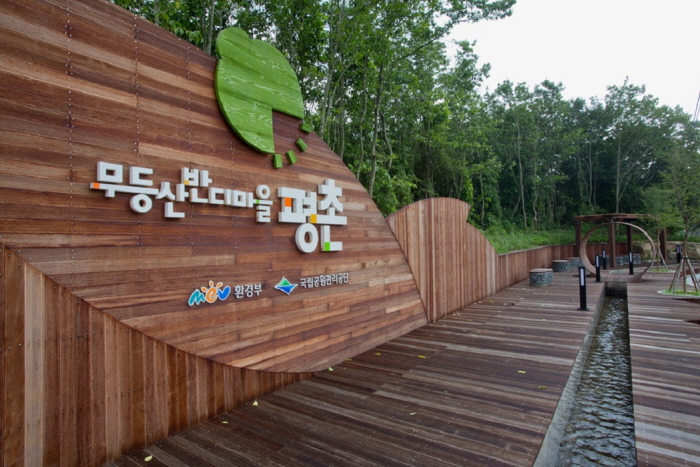
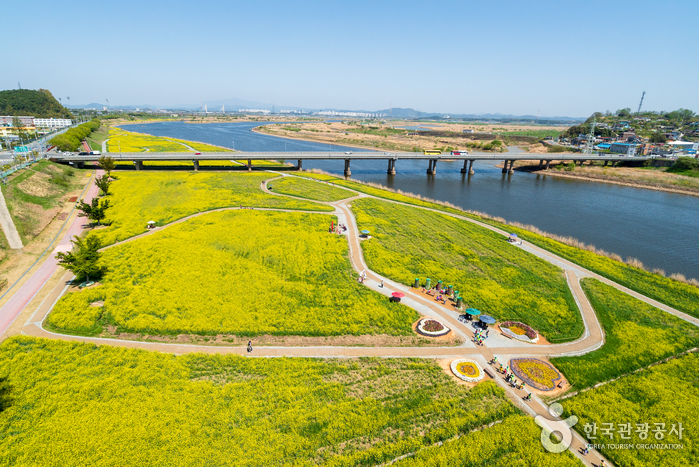
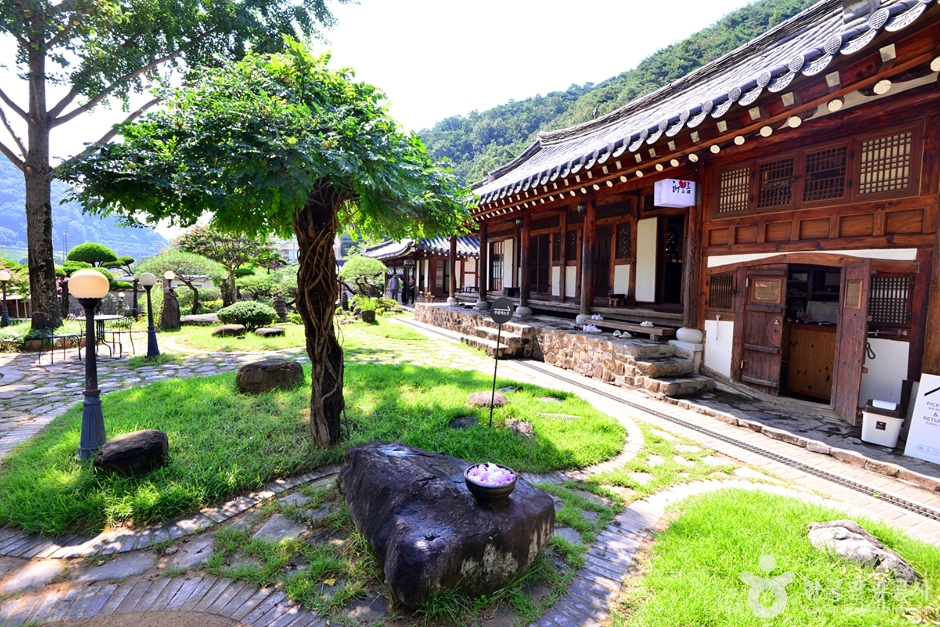
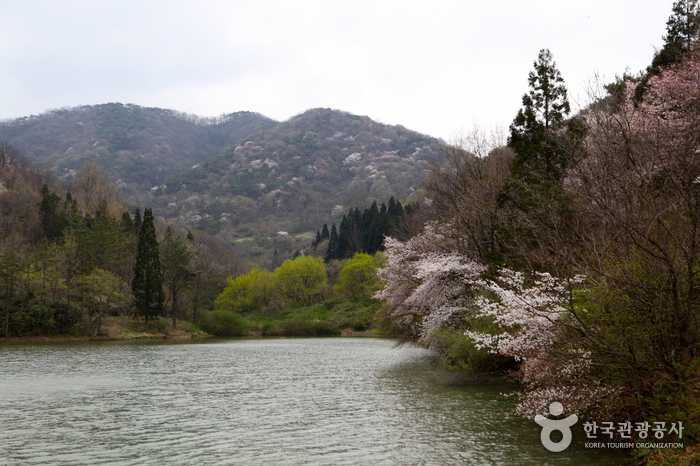
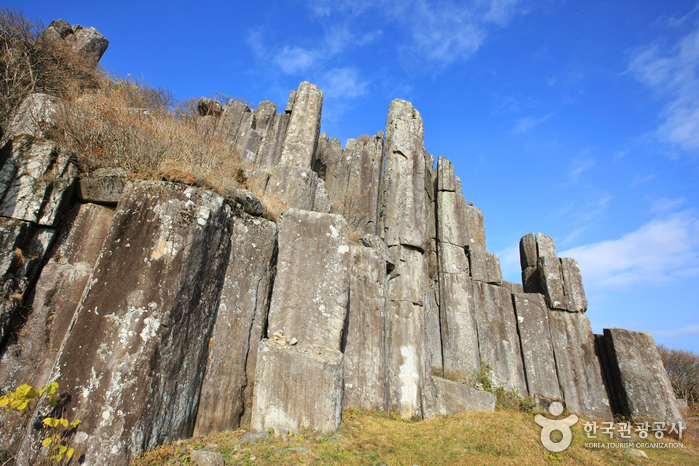
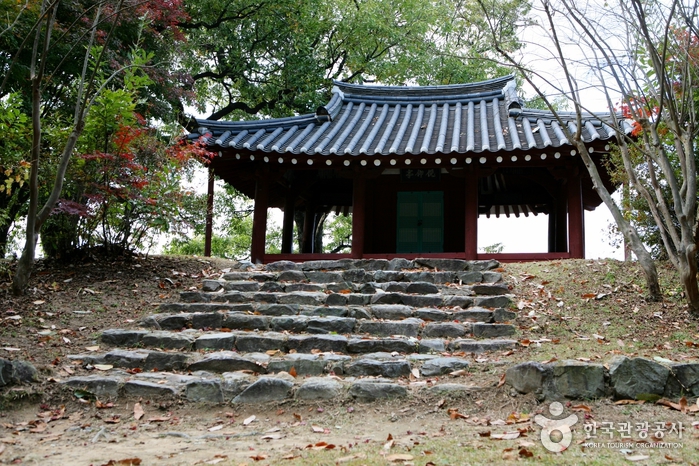
 English
English
 한국어
한국어 日本語
日本語 中文(简体)
中文(简体) Deutsch
Deutsch Français
Français Español
Español Русский
Русский